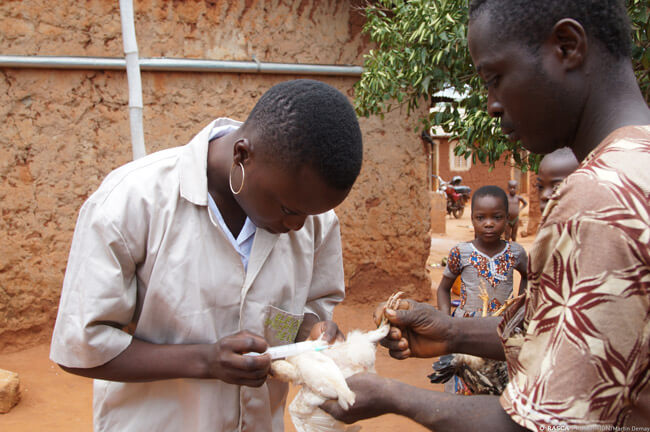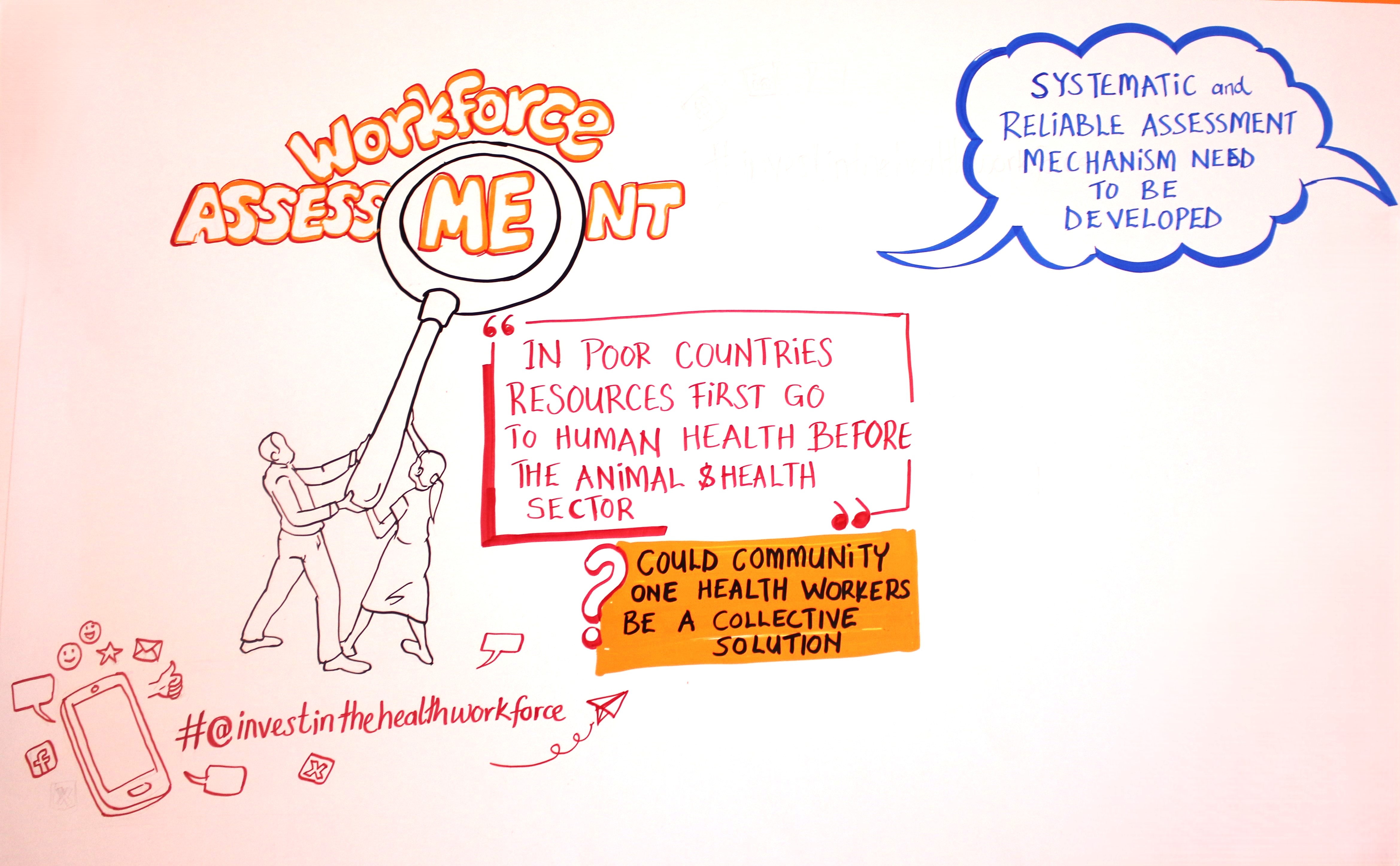
In today’s rapidly evolving landscape, workforce development is a cornerstone of sustainable growth. During the 2024 Africa Continental Conference on Veterinary Workforce Development, the participants underscored the urgency of establishing robust frameworks for workforce assessment, planning, and development.
By building an adaptable, gender-inclusive workforce capable of meeting future challenges, Veterinary Services across the continent can ensure more effective disease control, biosecurity, and sustainable livelihoods.
Effective workforce assessment involves more than a snapshot of existing capabilities; it requires a forward-thinking, continuous process. By evaluating the skills, distribution, and needs of veterinary professionals i.e. Veterinarians, Veterinary Paraprofessionals (VPPs), and Community Animal Health Workers (CAHWs) and integrating this data with demographic factors such as gender and age, countries can ensure tailored approaches to workforce development.
By comparison with other sectors too, some valuable lessons can be derived: the healthcare sector, for example, uses regular assessments tied to disease surveillance and public health needs. Gender-disaggregated data are critical in identifying gaps in both representation and capacity. In the Veterinary Services sector, implementing such practices would allow for more precise identification of shortages, better workforce distribution, and targeted training that reflects real-world challenges.
Workforce planning is most successful when it takes a holistic, long-term approach. For Veterinary Services, strategic planning includes integrating continuing education programmes, professional growth opportunities, and clear career pathways for all professionals, ensuring a unified framework across veterinarians, VPPs, and CAHWs.
Drawing from education best practices, continuous professional development (CPD) ensures that workers remain current with industry standards. In the livestock sector, the integration of technology and data analytics into workforce planning has proven to enhance productivity and decision-making. For Veterinary Services, this could mean leveraging digital platforms like the PVS Pathway Information System (PVSIS) to optimize workforce planning and ensure the right professionals are in the right roles, improving service delivery.
Empowerment and gender equality have been at the forefront of workforce development across many sectors, particularly in agriculture, health, and education. Targeted initiatives that support women in leadership roles and increase female representation are not just ethical imperatives but practical strategies for workforce resilience.
Veterinary workforce development must focus on gender-inclusive recruitment, retention, and leadership programmes. A spotlight on gender empowerment initiatives from agriculture—such as women-led cooperatives—provides a framework for Veterinary Services to support female professionals and livestock farmers. Increasing women’s participation improves diversity in decision-making and enhances the sector’s responsiveness to community needs.

